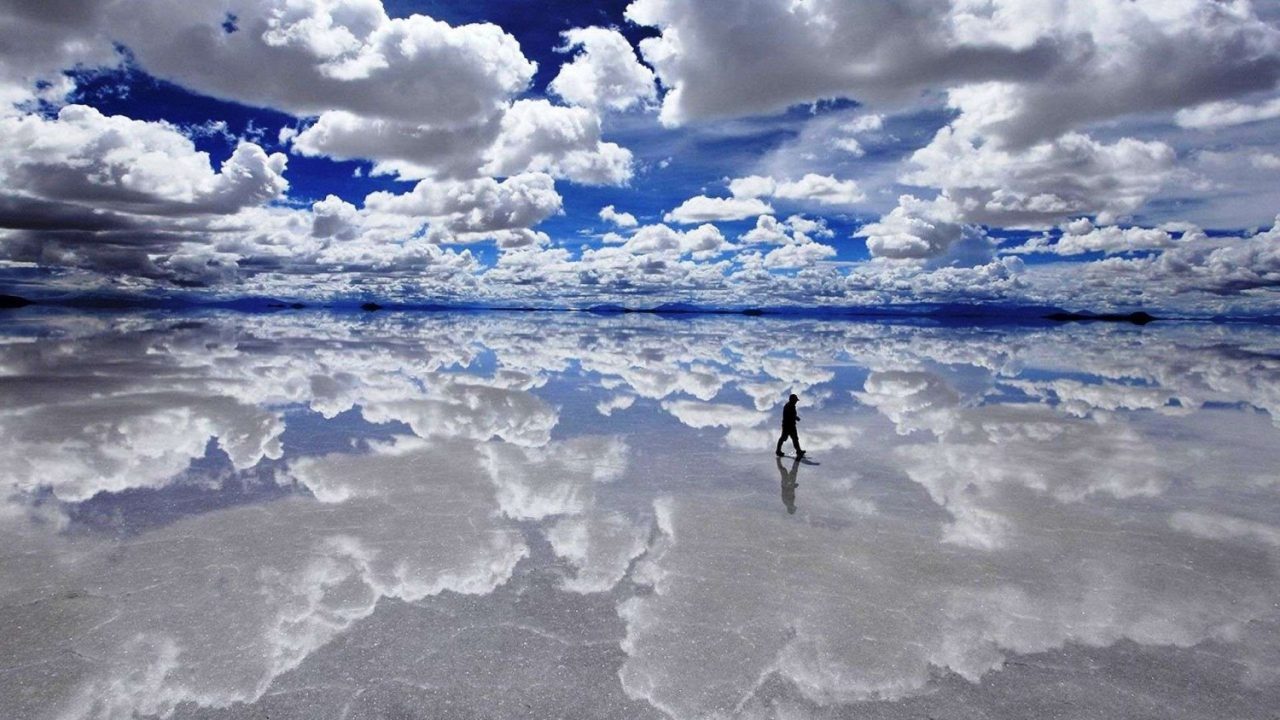
Reflections of the sky on Salar de Uyuni. Source
When Neil Armstrong and Buzz Aldrin made their historic walk on the Moon on July 20, 1969, one of the first things they saw when looking earthward was an immense white spot, which they first believed to be ice. However, it turned out that what they saw was a giant, mirror-like salt sheet in southwest Bolivia’s Altiplano called Salar De Uyuni.
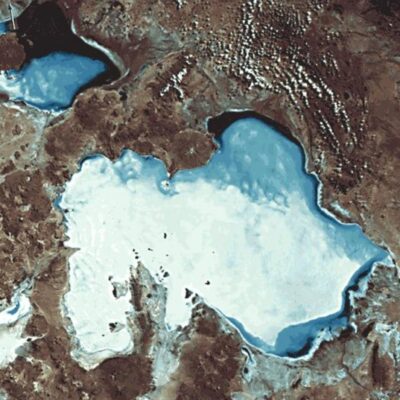
Salar de Uyuni viewed from space, with Salar de Coipasa in the top left corner. Source
With a surface of 10,582 square kilometers (4,086 sq mi), Salar De Uyuni is the world’s largest and highest-lying salt flat, and probably one of the most surreal ones as well: as long as the eye can see, there is an empty white plain, but when the rainy season comes, with it comes optical illusion and a dazzling phenomenon: the wet salt table reflects the clouds, giving the impression that the sky has fallen on earth.
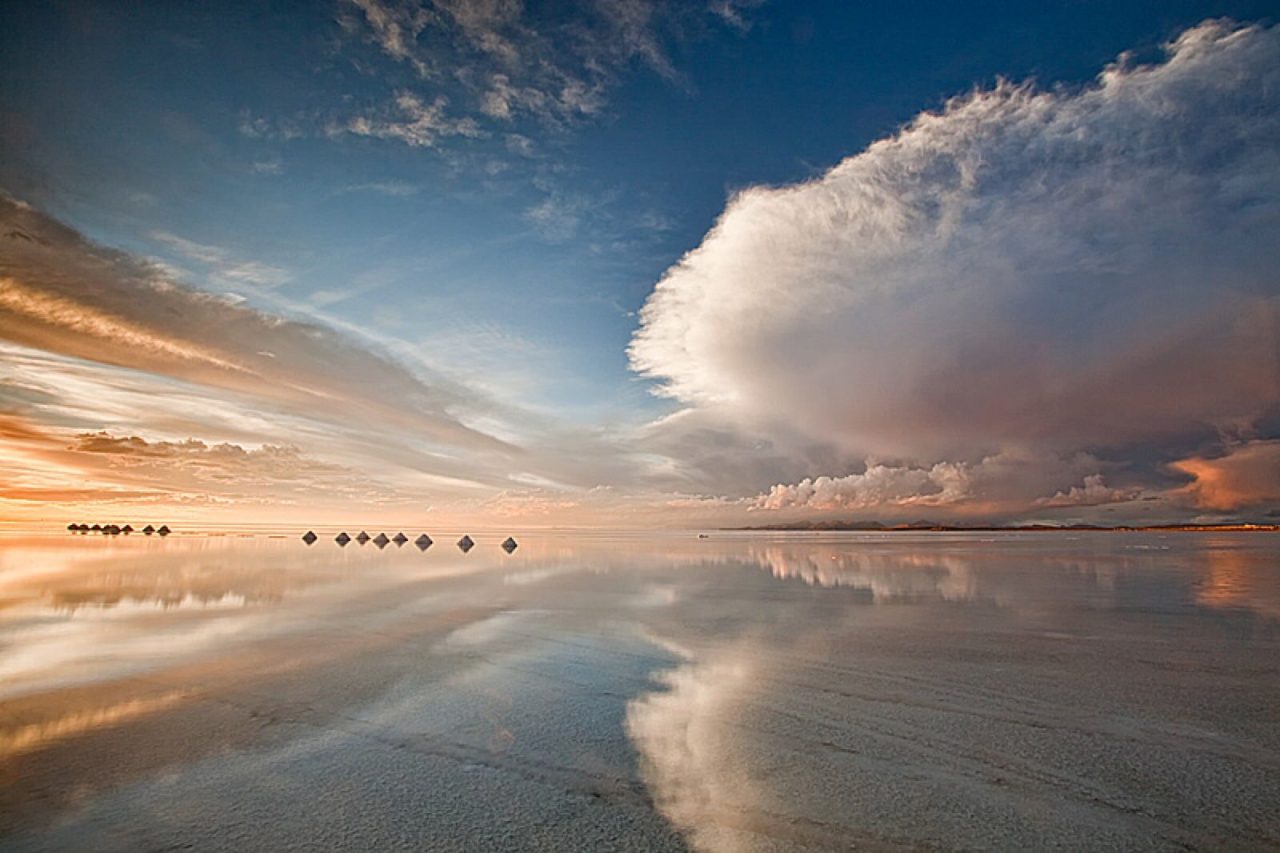
Image credit: Paul & Paveena McKensie at Wild Encounters
Although salt is produced in the area, about 25,000 tons annually is quite a small amount of the 64 billion tons of salt residing in the area. Extracting this much salt does not threaten the desert’s integrity. And, giving it another thought, it would be kind of funny funny if salt wasn’t mined in a salt desert.
But there is something else that draws the miners’ attention even more: lithium. And a lot, too. According Wikipedia, about 9 million tonnes, which means that 43% of the world’s total can be found here. Behind the wonderful vision of electric cars is the industry with an unquenchable hunger, and the future of the place depends on whether Li-ion remains the most efficient (highest energy density) battery in use.
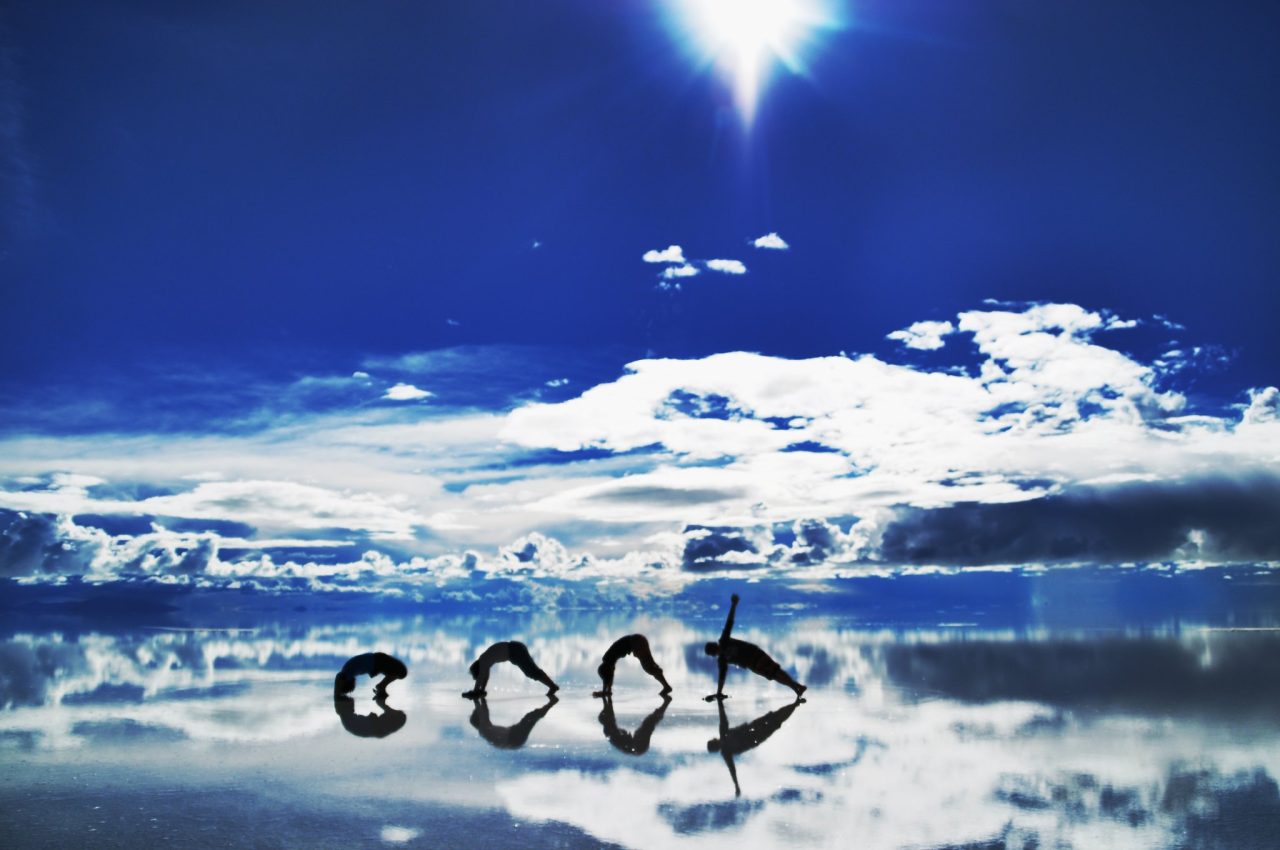
This photo is indeed good. Image credit: Yuzuru Ozawa
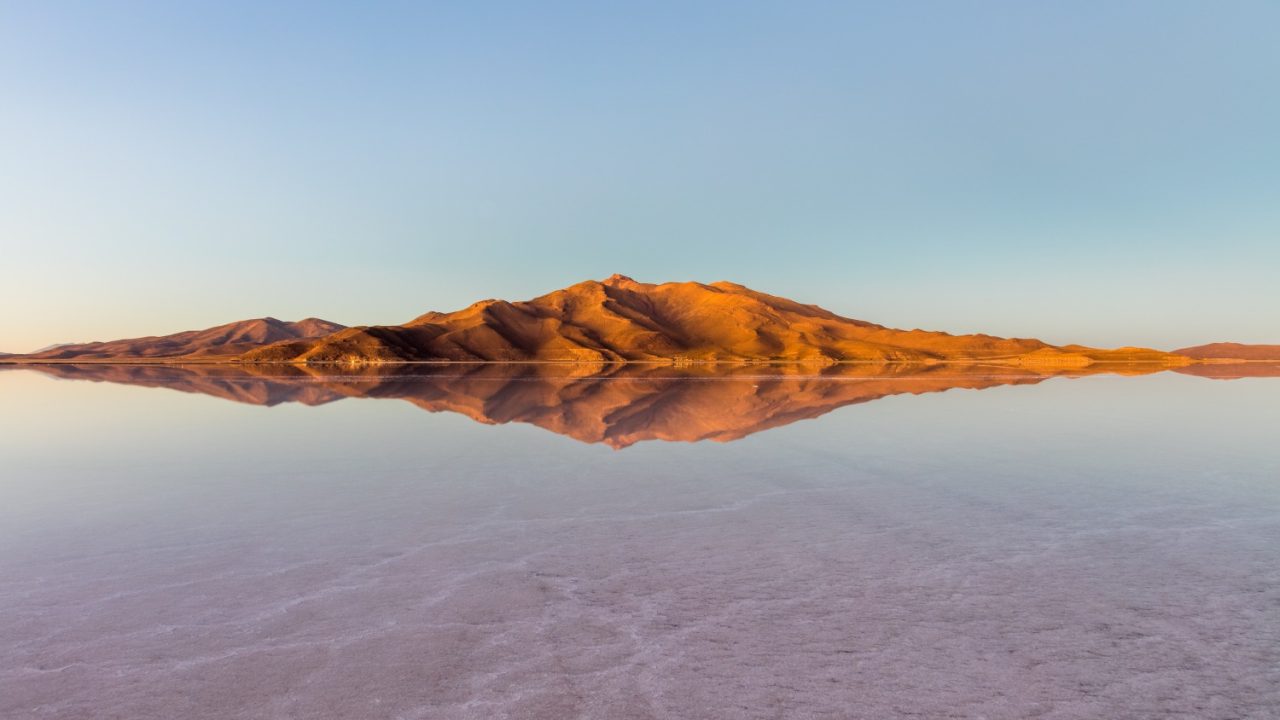
Mountains and reflections surrounding the Uyuni salt flat during sunrise, Daniel Campos Province, Potosí Department, southwestern Bolivia, not far from the crest of the Andes. This salt flat is, with a surface of 10,582 square kilometers (4,086 sq mi), the world’s largest, and during the rain saison (December-February) offers spectacular reflexions. Image credit: Diego Delso
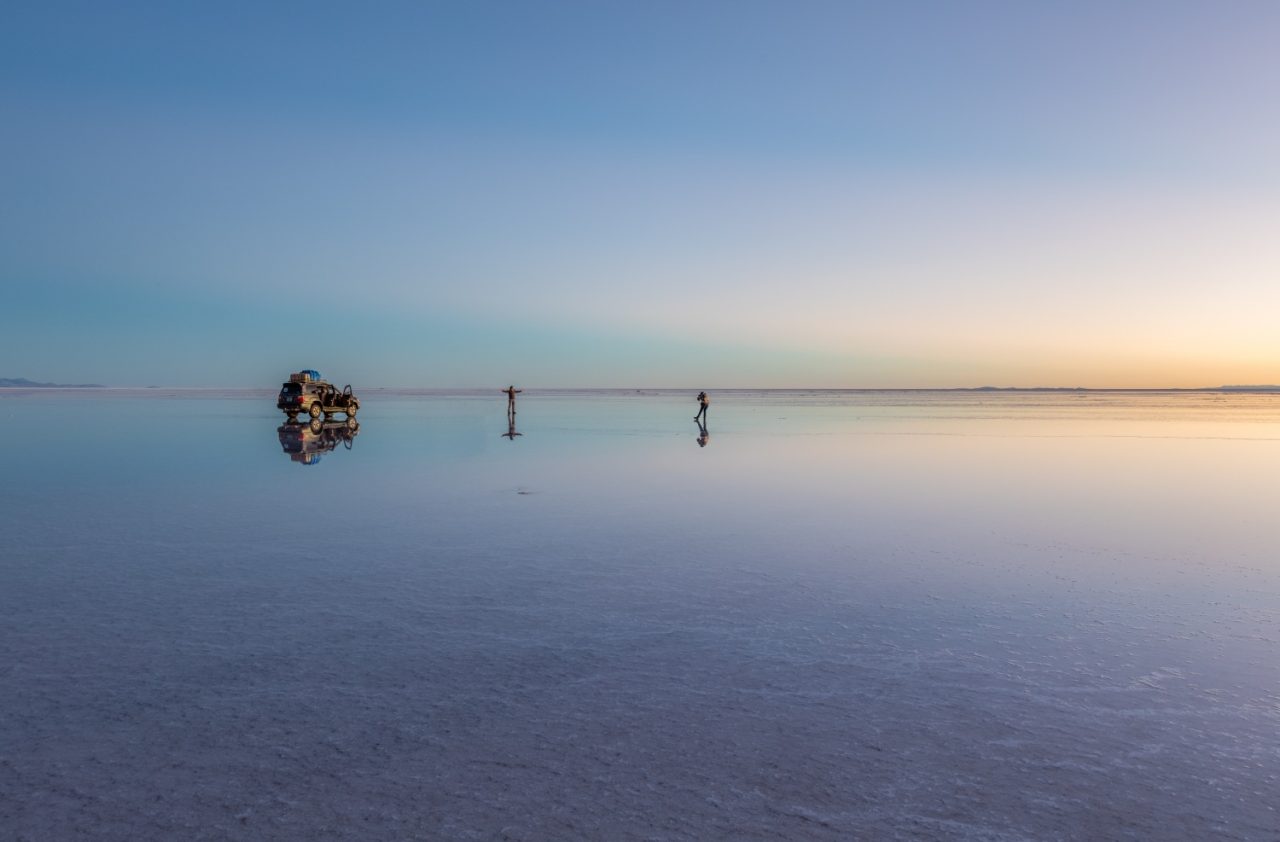
Reflections in the Uyuni salt flat during sunrise. Image credit: Diego Delso
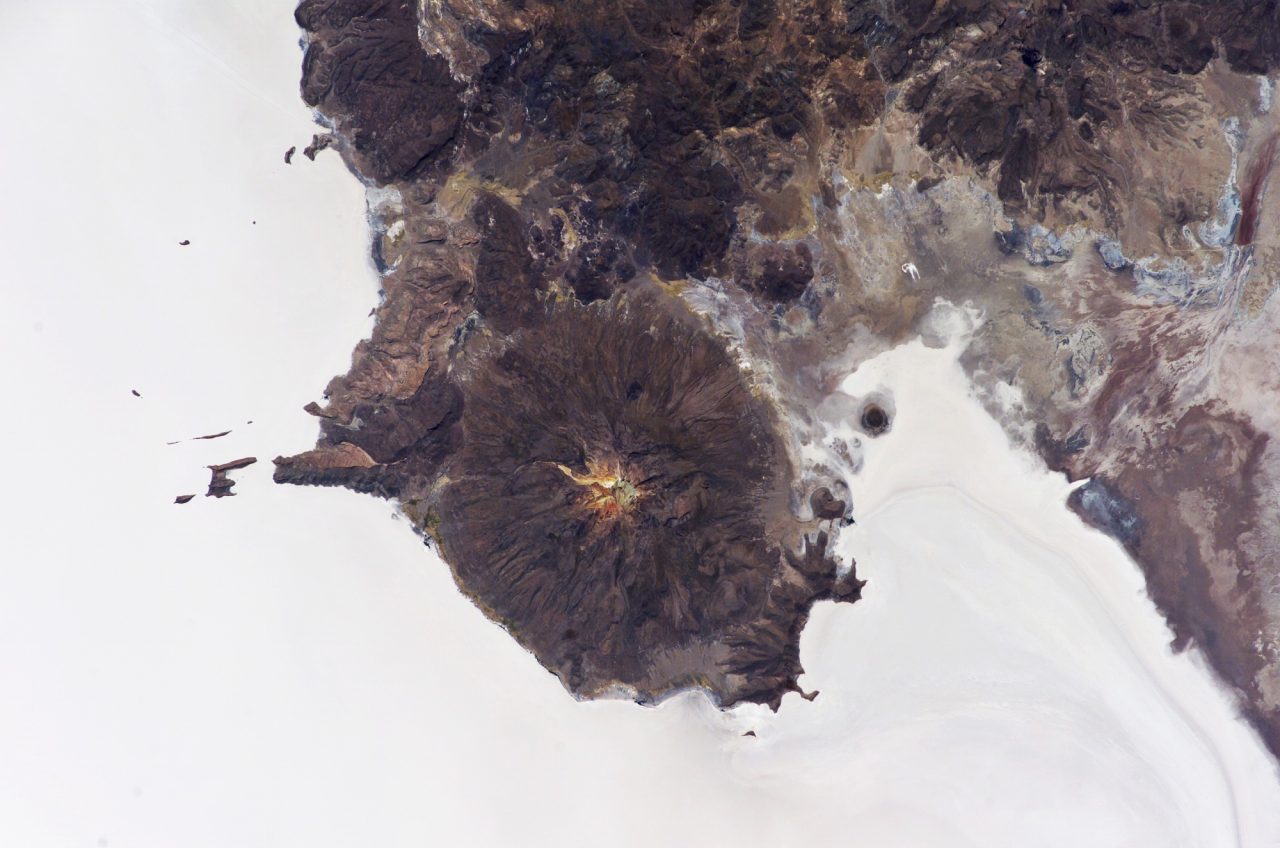
Satellite image of the Salar de Uyuni with the Mount Tunupa volcano. In the lower right part of the picture, earlier shorelines are made visible by the salt layers. Image credit: Image credit: NASA
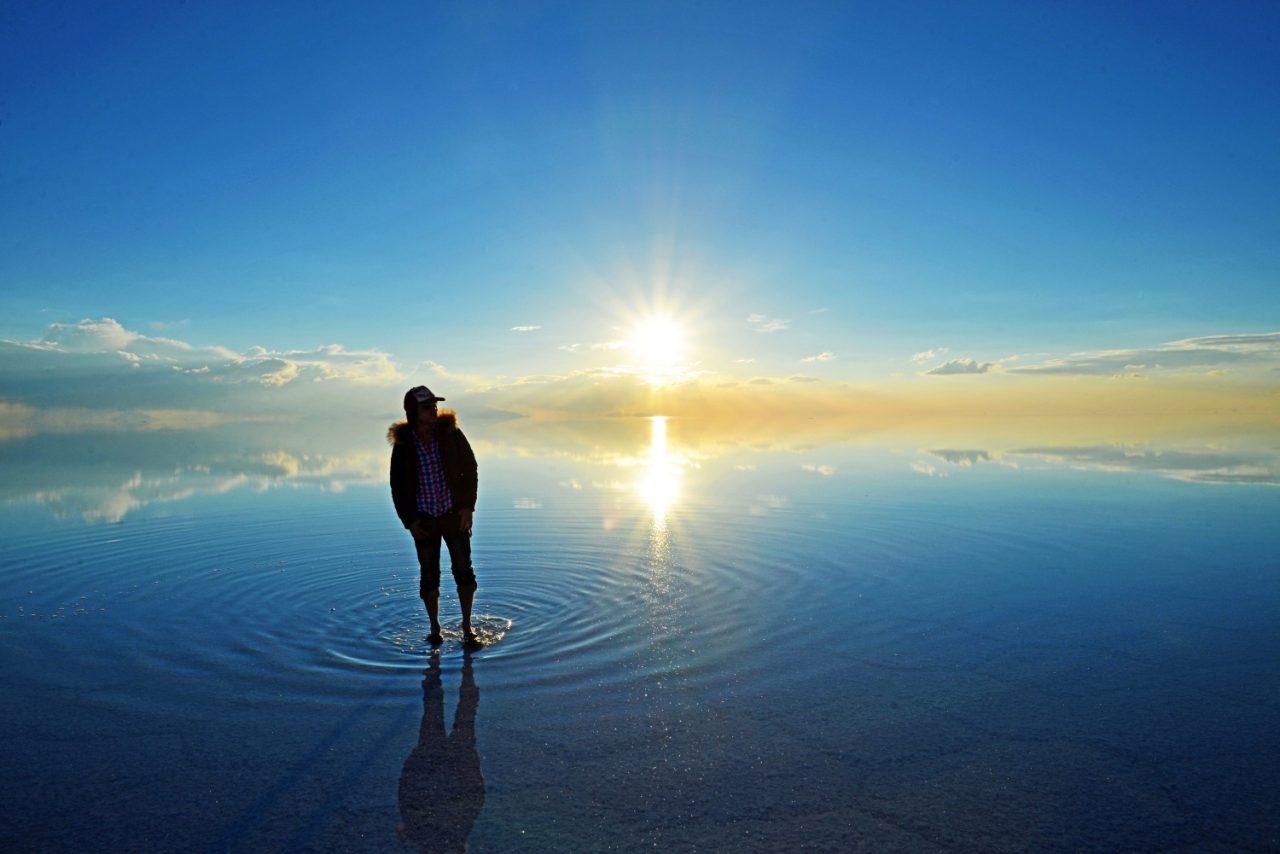
Image credit: Kuroiniisan
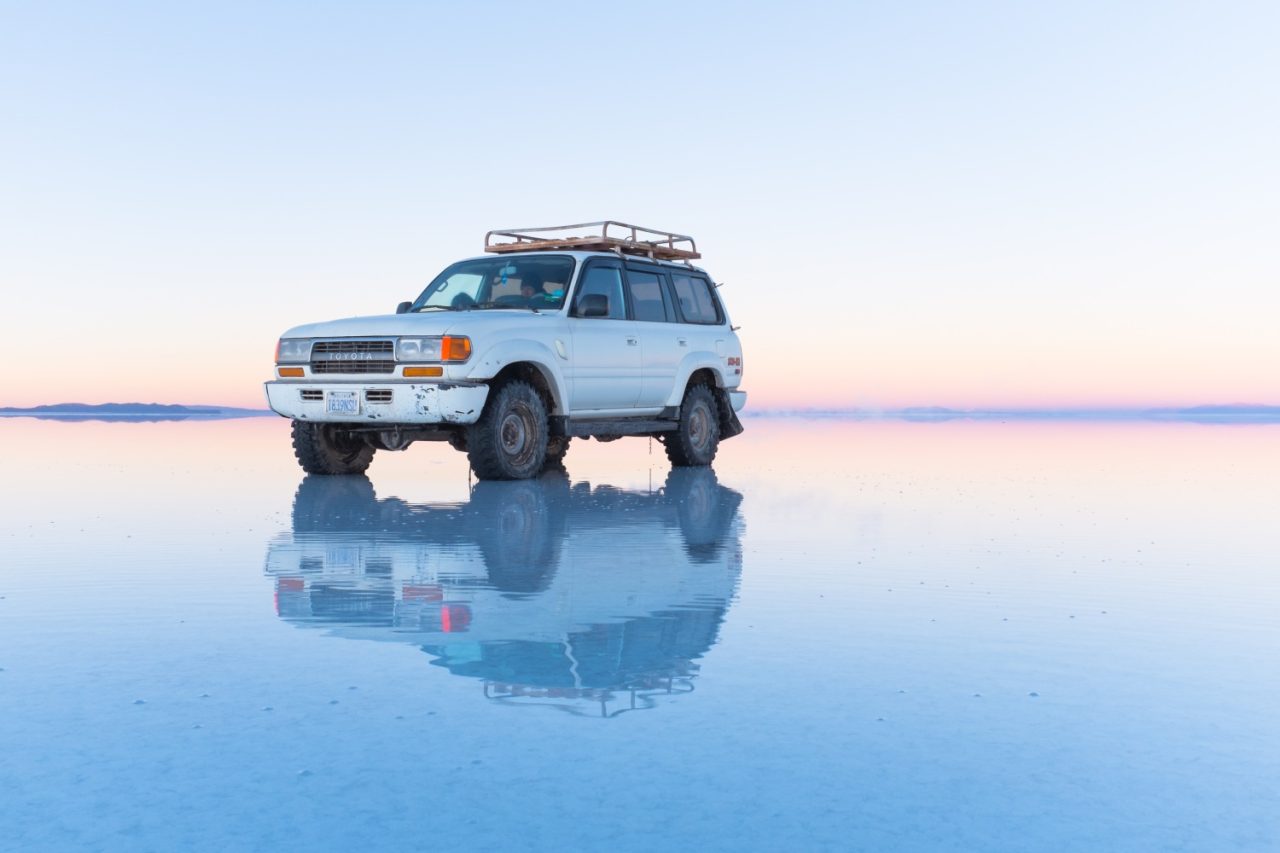
Toyota Land Cruiser at the Salar de Uyuni, Bolivia. During the winter, the Salar de Uyuni is mostly dry but a small patch close to the city of Uyuni remains covered with water. This photo was taken at sunrise time. Image credit: Christopher Crouzet
Panoramic view of the Salar. Image credit: Martin St-Amant
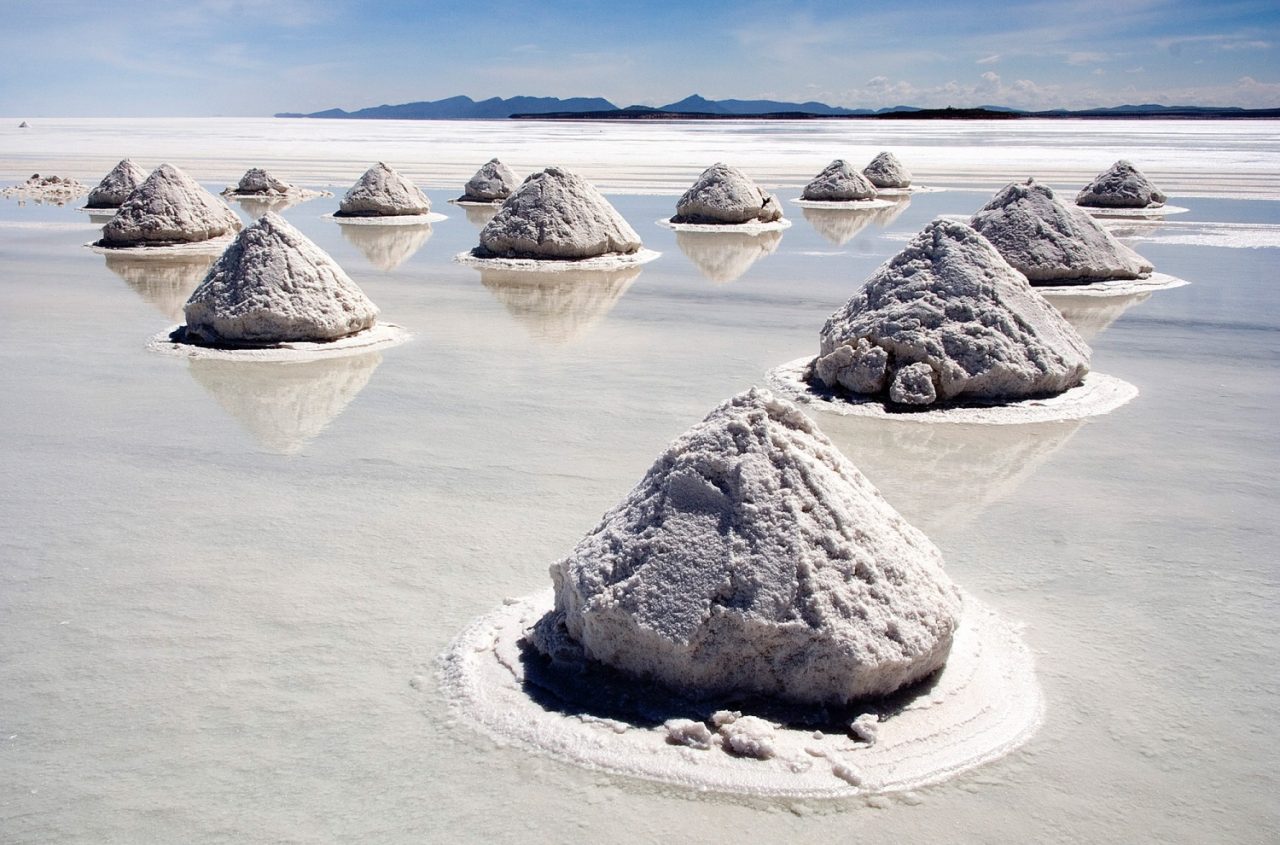
In the Salar salt is harvested with the traditional method: the salt is scraped into small mounds for water evaporation and easier transportation, dried over fire, and finally enriched with iodine. Image credit: Luca Galuzzi
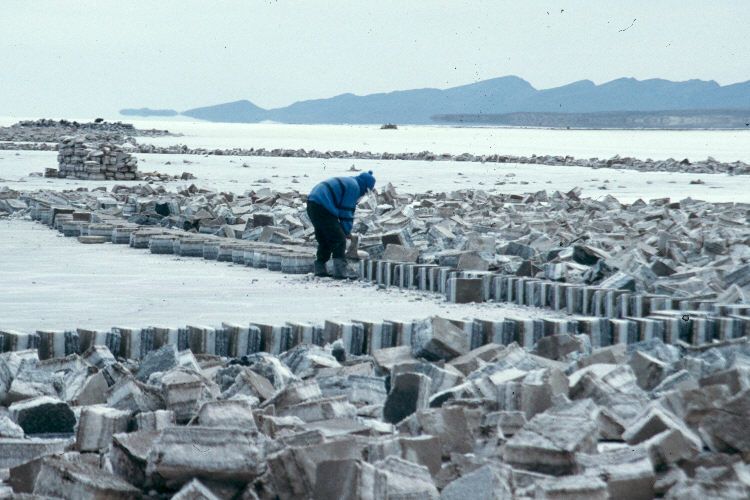
Traditional salt production at Salar. Such salt blocks are used for building salt hotels. Image credit: Steffen Sledz
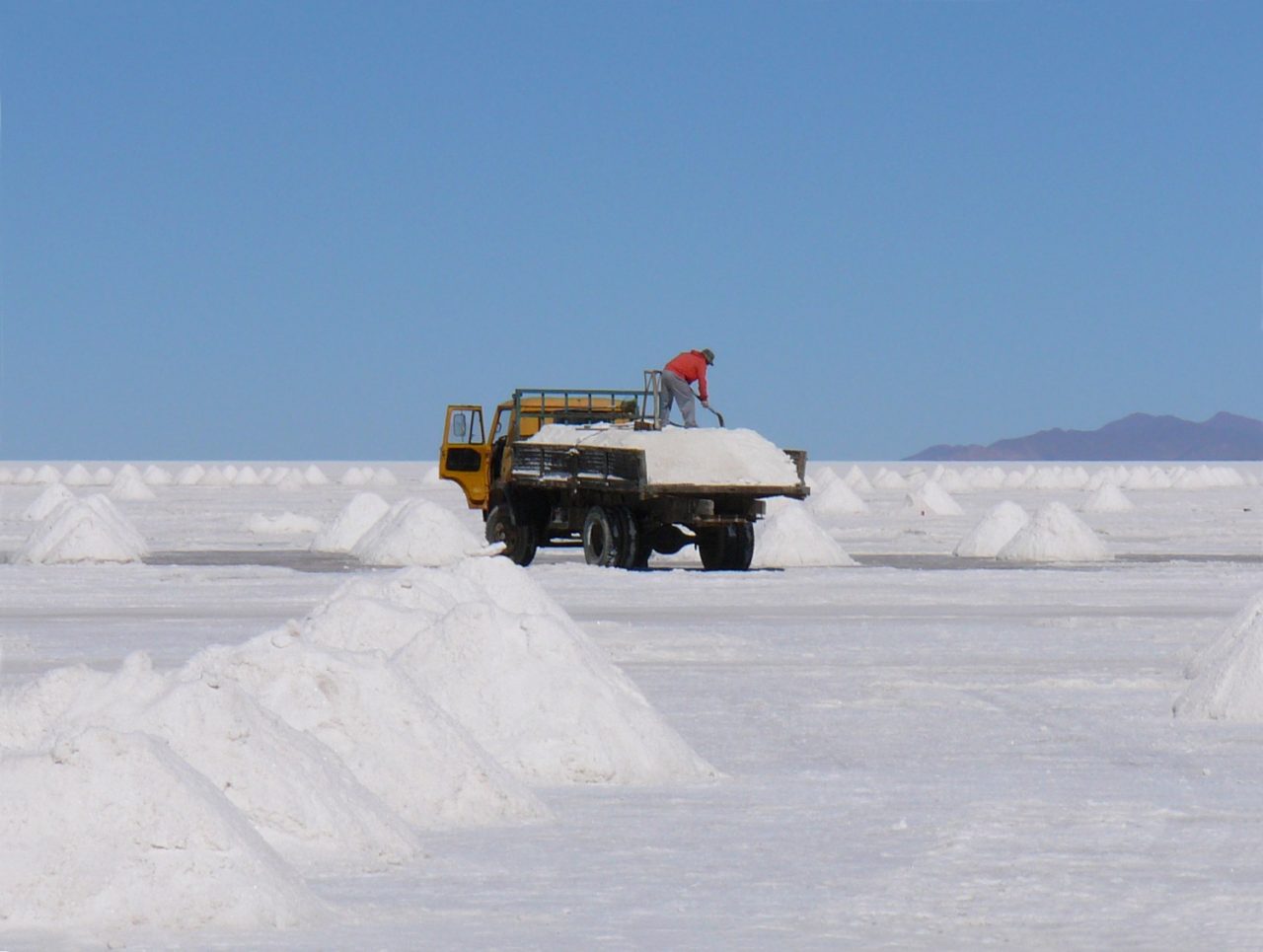
Salt production at the Salar. Image credit: Ricampelo

Incahuasi island in the center of the Salar. Image credit: Martin St-Amant
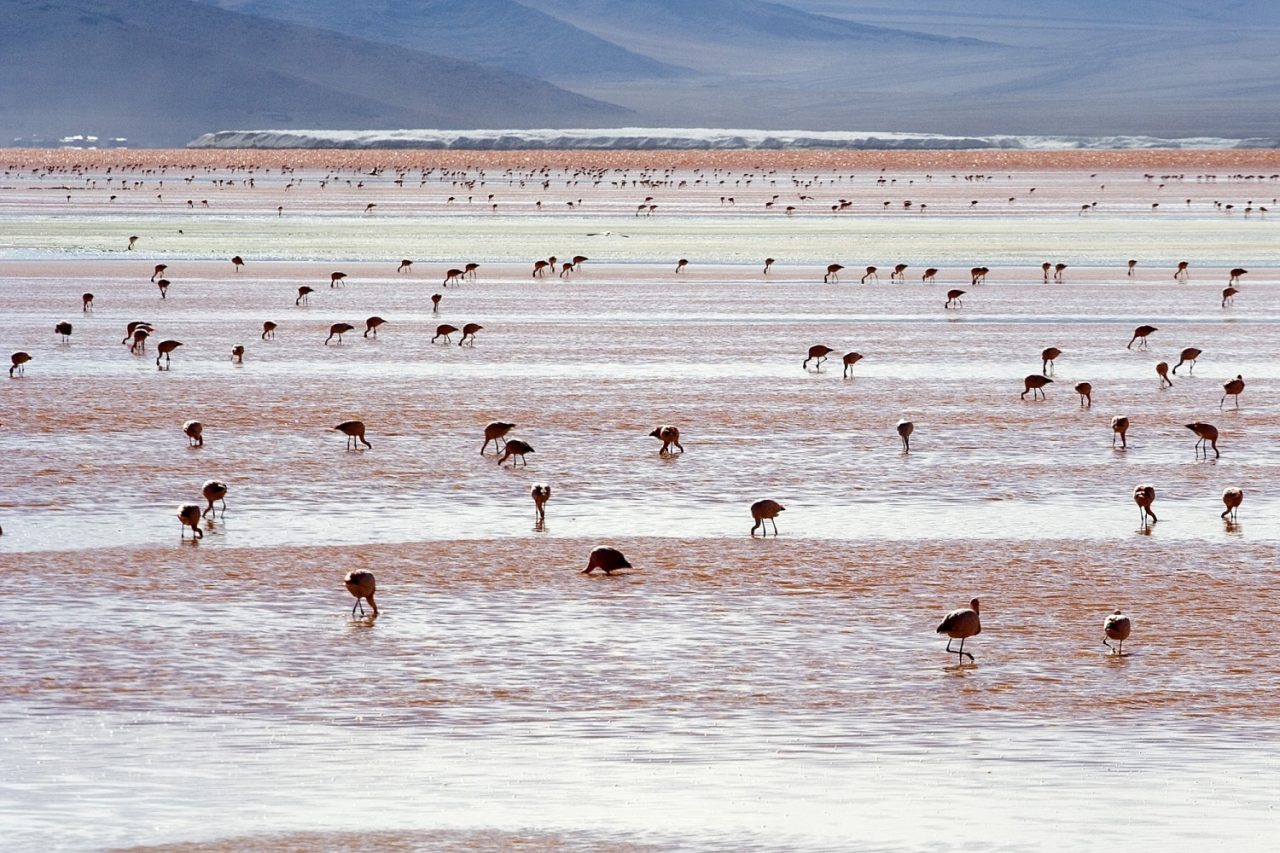
Andean flamingos in the Laguna Colorada, south of the Salar. Image credit: Luca Galuzzi
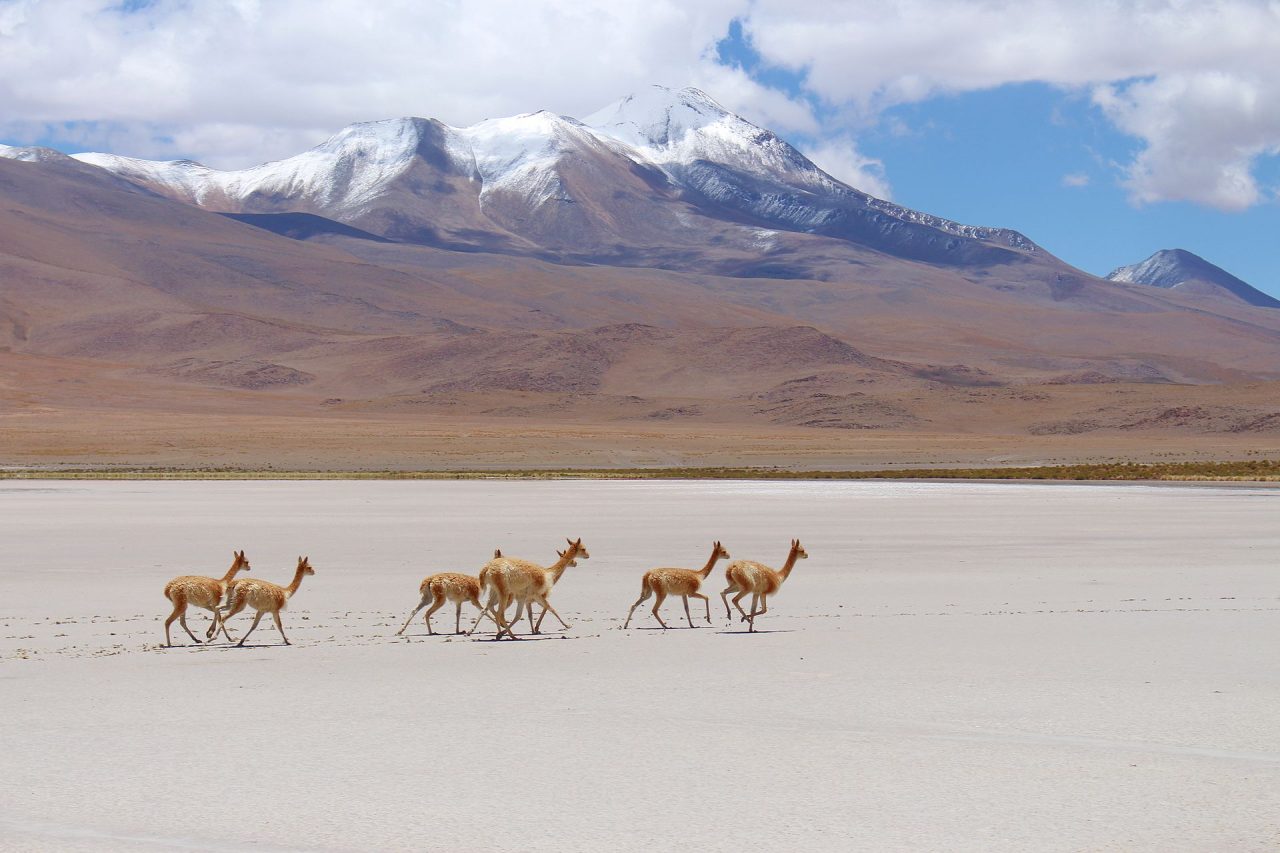
Vicuñas near the Salar De Uyuni. Image credit: Octavio Espinosa Campodonico

Cemetery of trains near the town of Uyuni. Image credit: Martin St-Amant
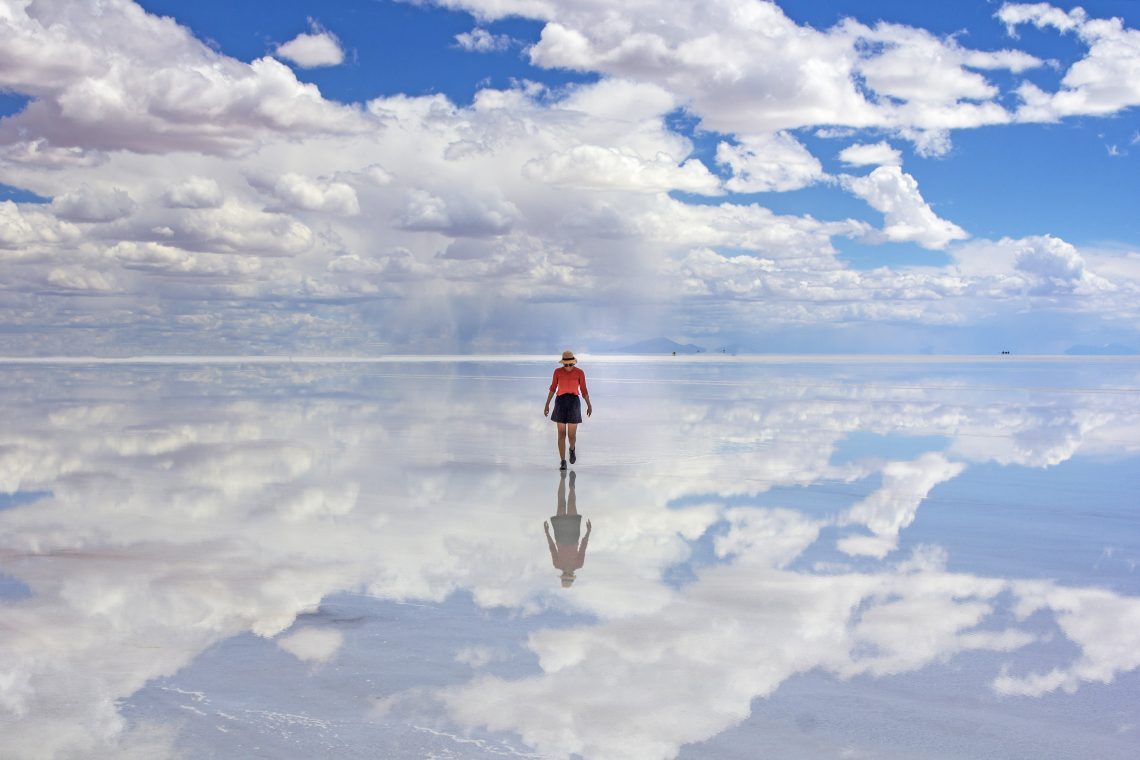
The largest mirror on Earth. Image credit: Suitcase and I
1, 2, 3, 4








